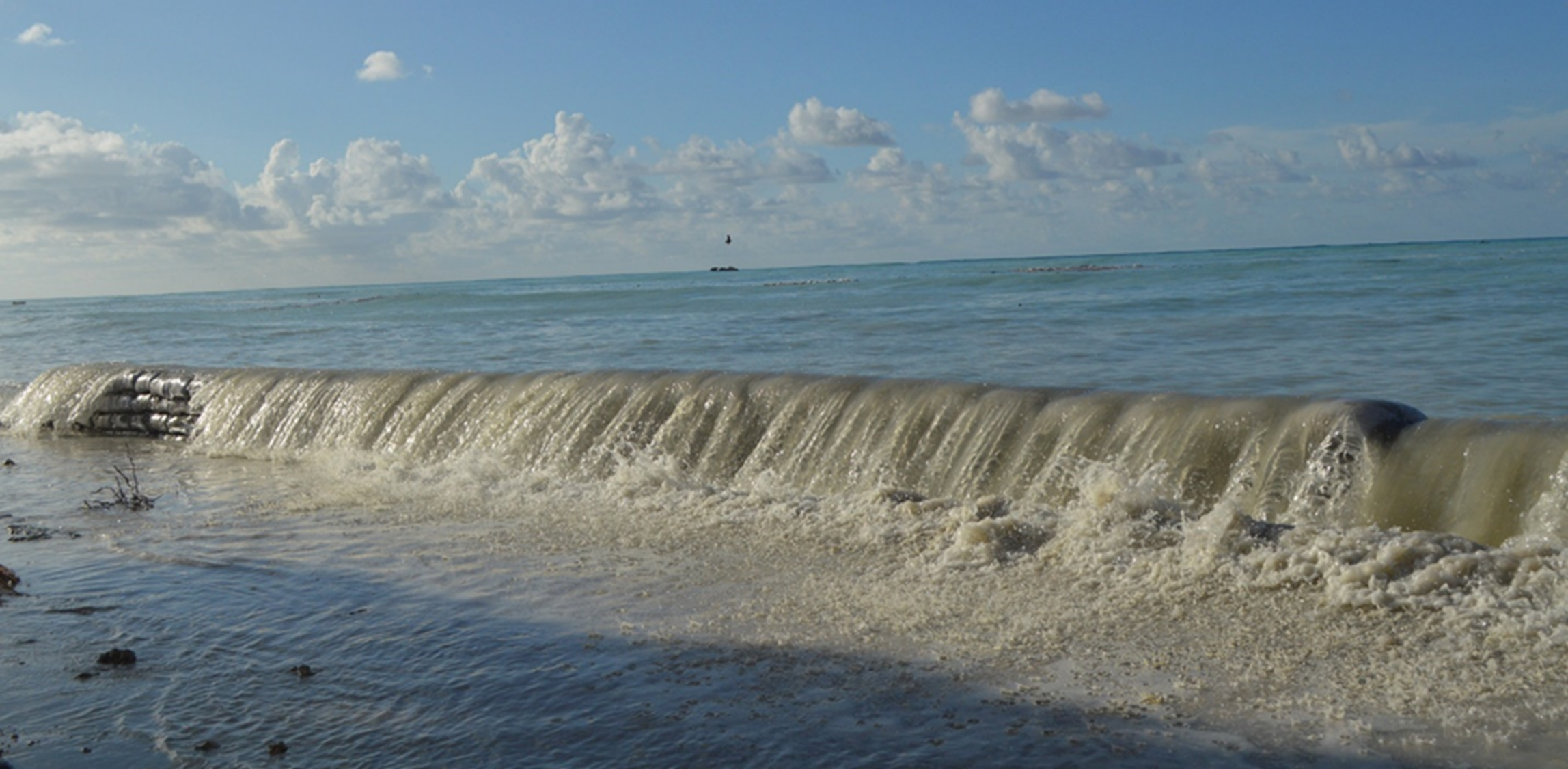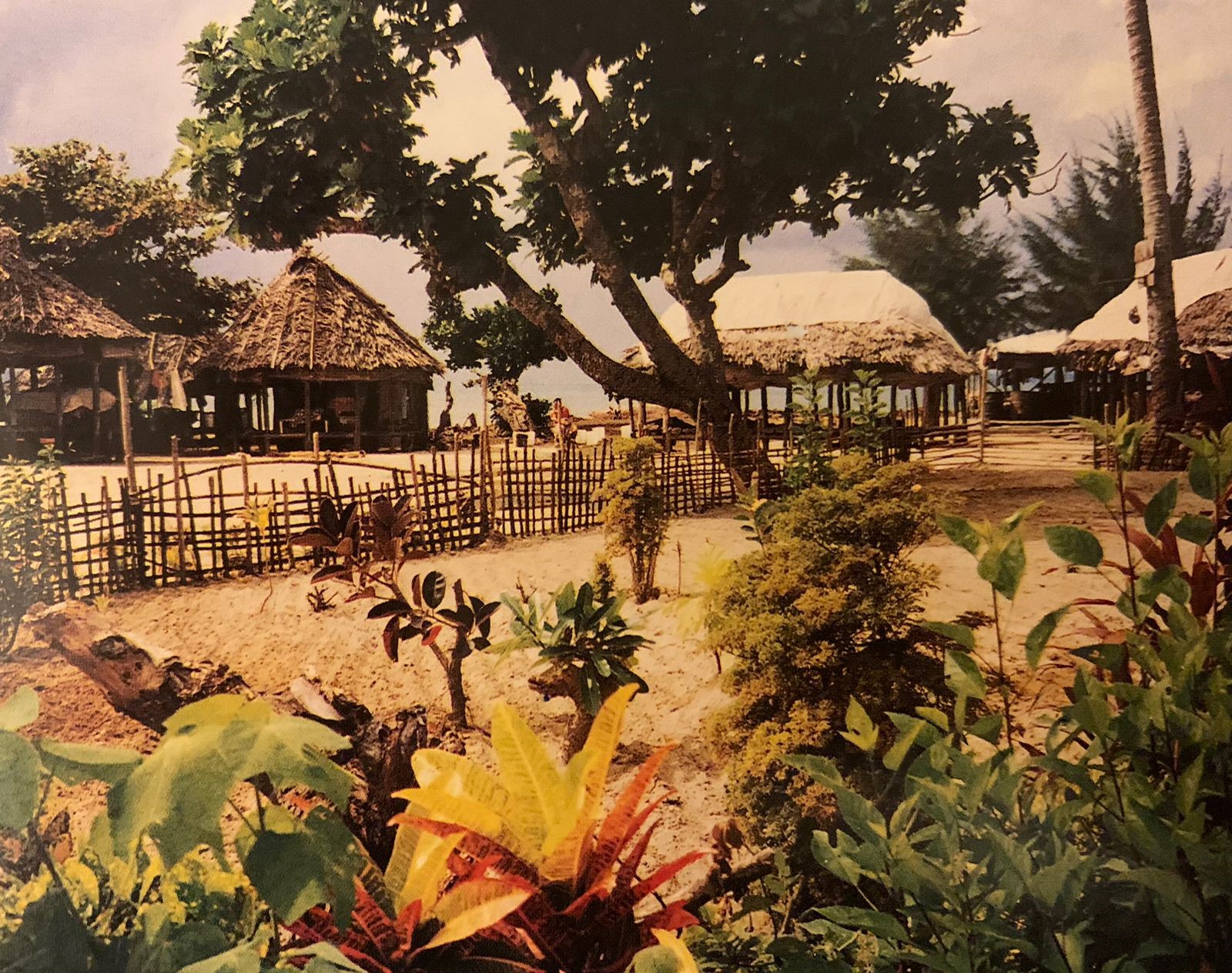Fire, Floods, Drought: Over Two Decades of Navigating Through Climate Challenges in the Pacific
January 30, 2024

The Federated States of Micronesia, on the frontline of the climate crisis, as seen here via a tidal surge.
Pohnpei, FSM – In November 1998, I arrived in the Pacific for the first time to the island of Samoa. I was a young man just out of college with my Master’s degree studying environmental science with particular focus on the atmosphere. At the time, I learned about air quality, ozone depletion and other related issues, but the reality of these issues were still theoretical.
It happens that in November 1998, the planet was in the middle of a strong El Nino, and what shocked me most upon my arrival was that the lush rainforest was on fire. How could that be? Smoke in the air, blackened rainforest and the crunch of dry leaves underfoot. This is where I learned the reality of El Nino and over the coming years working in the Pacific, the insidious impacts of climate change.

A Samoan village, 1998.
Fast forward to January 2024, I have had the privilege of living in Pohnpei in the Federated States of Micronesia (FSM) since 2021. Another lush island in the Pacific that is in the middle of another El Nino event.
Whereas we don’t have any forest fires here, Pohnpei State has declared an emergency because of the persistent dry conditions and the associated water stress and limitations have been put on water usage.
The impacts were quickly apparent, when schools turned to half days and water at the office going on and off as well as at our staffs’ homes. But it is the outer islands, with limited water catchments that are facing the brunt of this issue through health and agricultural related impacts. On top of this massive swells overtopped some low-lying islands and compounded the issue. The intersectionality of disasters is all too common in the Pacific.
It does concern me that it is expected that the El Nino will persist through March and possibly through June not only here in Pohnpei but across the North Pacific in the Republic of the Marshall Islands (RMI), Palau and FSM.
My mind turns to how we, as the United Nations Development Programme (UNDP), can support these affected communities. This starts by looking at our work across the North Pacific that is currently helping the people related to water security and resilience.
In the RMI, we have a transformative Green Climate Fund project that is working to bring water security to nearly 100 percent of the outer islands, which is over 35 percent of the population of the RMI. This project ensures that each person has at least 20 liters of drinking water per day, even if no rain falls for four months. The science behind this project fascinates me as this underpins the sizing of tanks. We are very proud to be serving the RMI with this project.
In the FSM, over the past two years, we have supported water security through drilling wells in Yap and Pohnpei states as well as having provided a water truck in Chuuk. These small interventions all translate to people being provided with access to water, even with the current drought.

Rehabilitated deep well and water tanker in Chuuk State, FSM.
Moving forward, UNDP stands ready to support communities affected by drought and link this back to the long-term goal of water resilience in the face of climate change, which will only exacerbate these events further.
It is important that everyone takes action to conserve the limited water resources during this time, but also for Governments and development partners to work together to support impacted populations.
Finally, climate science and collection of scientific data is critical, because based on this information, early action can be taken by decision-makers to reduce the worst of the impacts.

 Locations
Locations